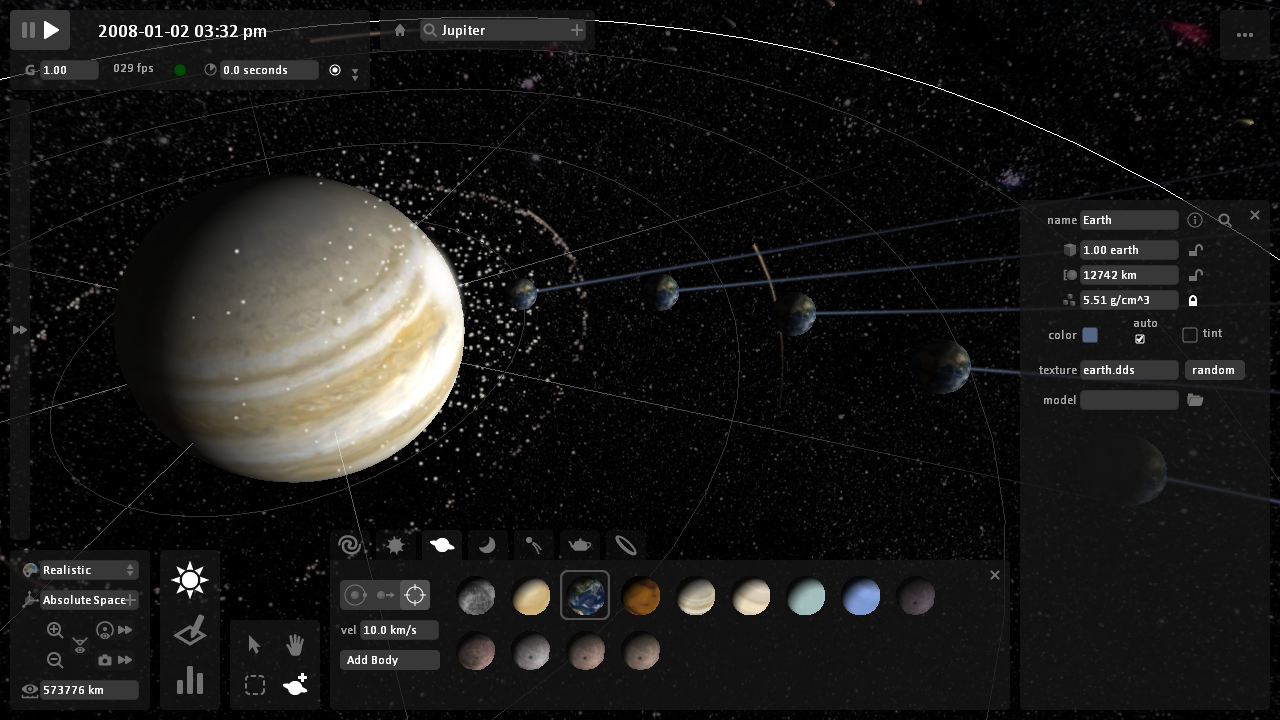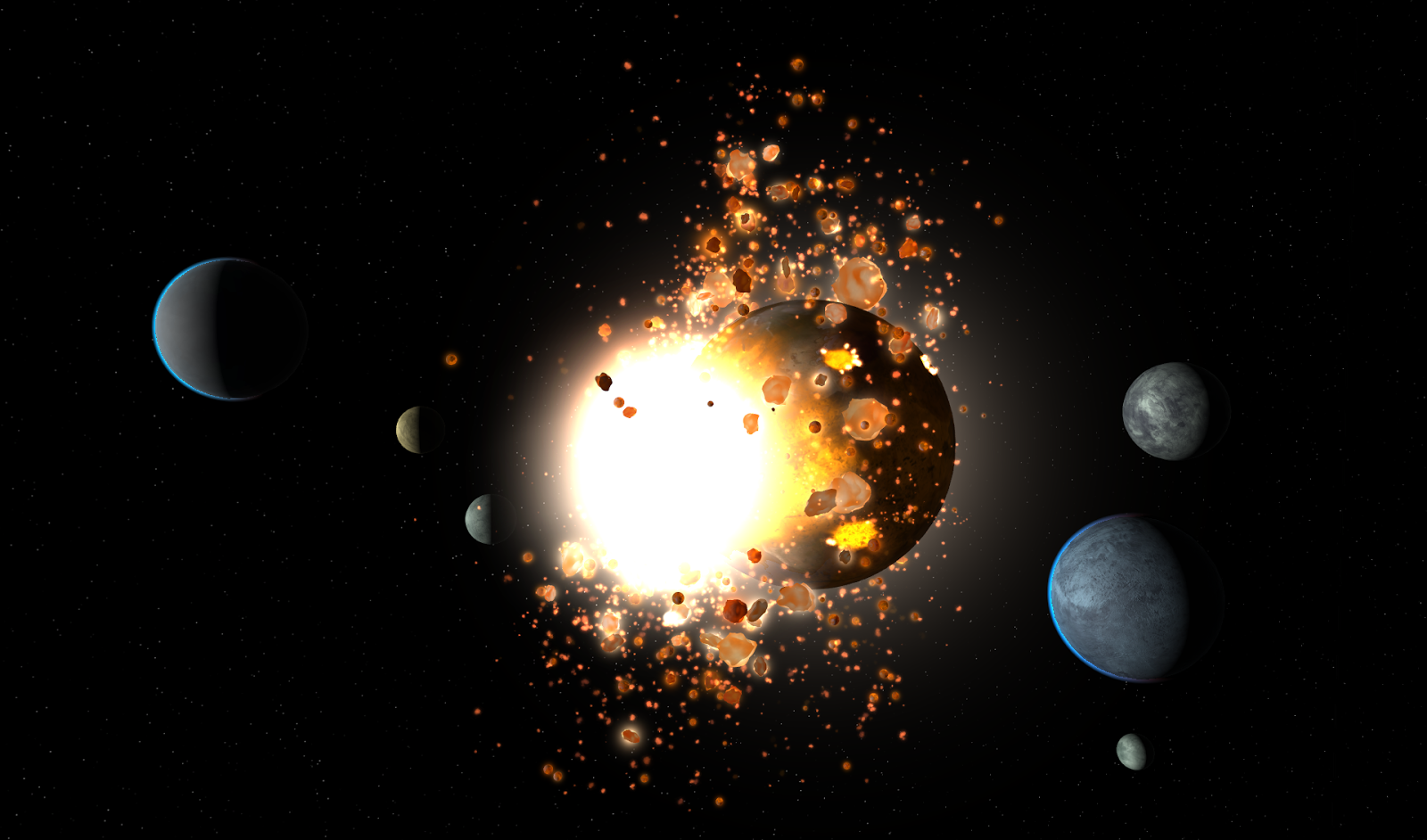
On Earth, this exercise proves much more challenging. Observing craters on Mars or on the Moon is easy, as most of the circular depressions at their surface are directly linked to impacts and can be counted by millions. Gateway to engage in the NASA/USA aerospace program through challenges, prize competitions, and crowdsourcing.ĪAVSO members and observers are asked to collect data for scientists on Variable Stars and also do some analysis themselves. The Zooniverse creates opportunities for you to unlock answers and contribute to real discoveries. The Zooniverse enables everyone to take part in real cutting-edge research in many fields across the sciences, humanities, and more. Measure and map our galaxy by looking through tens of thousands of images from the Spitzer Space Telescope and WISE satellite observatory.

In Disk Detective, you will help astronomers find these disks, homes for extrasolar planets.

These disks are buried among images of millions of other kinds of astronomical objects like galaxies and nebulae, and mixed in with images that contain artifacts created by the telescope itself. NASA’s WISE (Wide-field Infrared Survey Explorer) mission has images of thousands of debris disks and YSO disks. Is it Spiral, Elliptical, Irregular?įind undiscovered planets by looking at how the brightness of a star changes over time (Transit Method of exoplanet detections)! Invites citizen-scientists to measure & submit their night sky brightness observations.Ĭlassify Galaxies observed by Sloan Digital Sky Survey (SDSS) according to their shapes.

The online citizen science project is undertaken by ABC Science in conjunction with the International Centre for Radio Astronomy Research, WA., Australia. All these worlds are yours to explore!Īnyone can join in and help astronomers classify galaxies up to 3-4 billion light years away. You can map craters on the Moon, Mercury, and trace the splatter of asteroid impacts on Vesta. Help NASA scientists make maps of scientifically interesting features in our Solar System. We are members of the Royal Astronomical Society of Canada (Toronto) and they have chapters all over Canada The best way to get started is to join your local astronomy society. Interested in Space / Science? Become a citizen scientist!


 0 kommentar(er)
0 kommentar(er)
